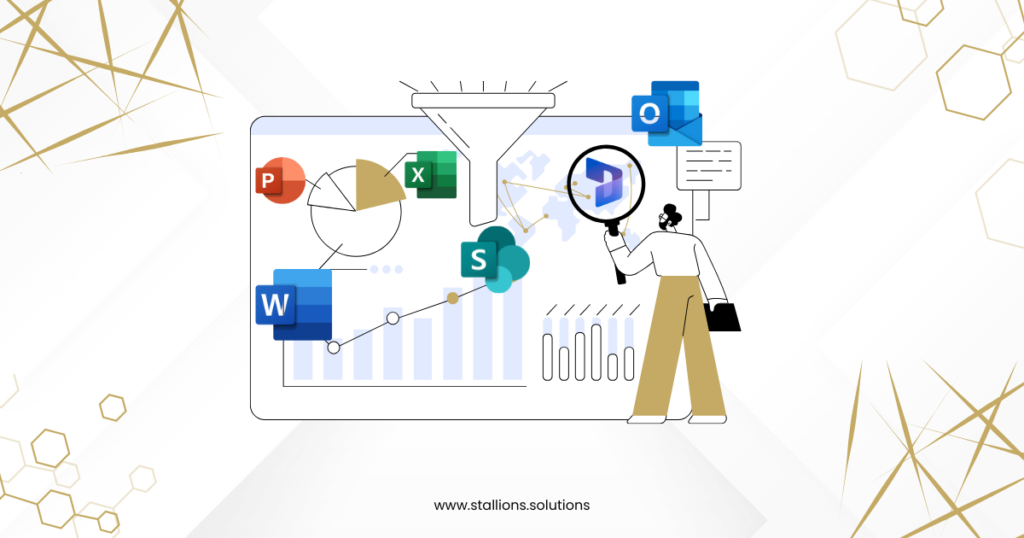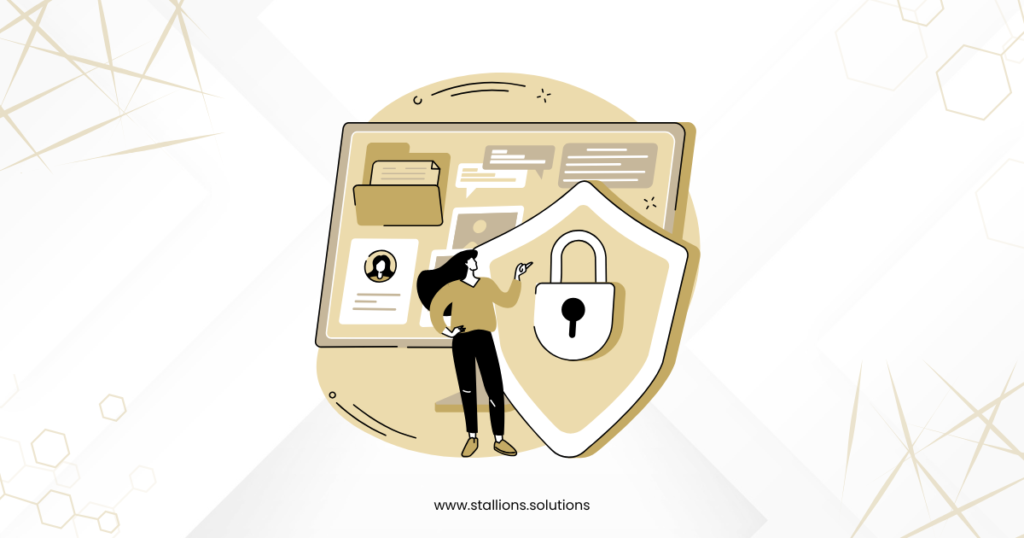In today’s digital workplace, managing content efficiently is more important than ever. With the rise of remote work, collaboration tools, and cloud storage, businesses need a smart, secure, and scalable way to handle documents, data, and workflows. That’s where SharePoint, integrated with Microsoft 365, comes in.
Let’s break down how SharePoint is reshaping content management in a simple, technical way.
1. Centralized Document Management
SharePoint acts as a central hub for storing and organizing documents. Instead of saving files on local drives or scattered folders, everything is stored in the cloud. This means:
- Version control: Every change to a document is tracked. You can go back to previous versions anytime.
- Metadata tagging: Files can be tagged with custom properties (like project name, department, or status) to make searching easier.
- Permissions: You can control who can view, edit, or share each document.
2. Seamless Integration with Microsoft 365

SharePoint works hand-in-hand with tools like:
- Microsoft Teams: SharePoint stores the files you share in Teams channels.
- Outlook: You can share SharePoint links instead of attachments.
- Word, Excel, PowerPoint: Open and edit documents directly from SharePoint in your browser or desktop apps.
This tight integration means users don’t have to switch between platforms—they can work where they’re most comfortable.
3. Automation with Power Platform

SharePoint becomes even more powerful when combined with the Power Platform:
- Power Automate: Automate repetitive tasks like approvals, notifications, or file organization.
- Power Apps: Build custom apps that interact with SharePoint lists and libraries.
- Power BI: Visualize data stored in SharePoint for better decision-making.
For example, you can create a workflow that automatically routes a document for approval when it’s uploaded to a specific folder.
4. Advanced Search and AI Capabilities
Finding content in SharePoint is fast and smart:
- Microsoft Search uses AI to understand what you’re looking for, even if you don’t know the exact file name.
- Syntex (an AI service in Microsoft 365) can read documents, extract key information, and apply metadata automatically.
This reduces time spent searching and increases productivity.
5. Security and Compliance

SharePoint is built with enterprise-grade security:
- Data encryption in transit and at rest.
- Multi-factor authentication (MFA) and conditional access policies.
- Compliance features like retention policies, eDiscovery, and audit logs.
This ensures your content is safe and meets regulatory requirements.
6. Collaboration Without Boundaries
With SharePoint:
- Multiple users can co-author documents in real time.
- You can share files externally with guests while maintaining control.
- Comments, mentions, and alerts keep everyone in the loop.
This makes teamwork smoother, whether your colleagues are in the same office or across the globe.
Conclusion
SharePoint, when used with Microsoft 365, is more than just a document library—it’s a complete content management system. It helps businesses stay organized, collaborate better, automate processes, and protect their data.
Whether you’re a small business or a large enterprise, SharePoint offers the tools you need to manage content in the modern workplace.



